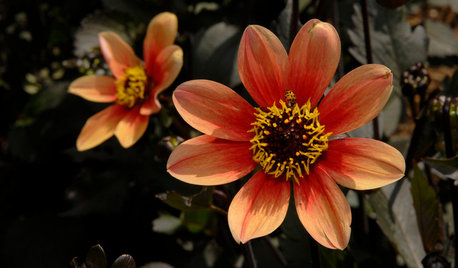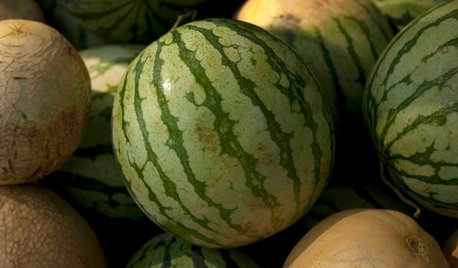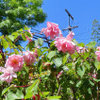Can We Discuss Powdery Mildew?
carolfm
16 years ago
Related Stories

HOUSEKEEPINGCan-Do Cleaning Strategies for Busy People
While you dream of having a maid (to go with the cook and chauffer), this simplified cleaning routine can keep your real-world home tidy
Full Story
REMODELING GUIDES9 Ways Grout–Yes, Grout–Can Add to Your Design
Choose From a Palette of Grout Colors for a Warm, Unified Look
Full Story
POOLSWe Can Dream: 7 Things to Consider Before Investing in an Outdoor Spa
Check out these tips and tricks for adding a luxurious outdoor spa to your landscape
Full Story
FLOORSKnow Your Flooring: Concrete
Concrete floors have a raw and elegant beauty that can be surprisingly warm
Full Story
GREEN BUILDINGInsulation Basics: Heat, R-Value and the Building Envelope
Learn how heat moves through a home and the materials that can stop it, to make sure your insulation is as effective as you think
Full Story
HOUSEPLANTS8 Essentials for Healthy Indoor Plants
Houseplants add so much to our homes — and can thrive when grown in the right conditions. Keep these tips in mind
Full Story
BATHROOM WORKBOOK12 Ways to Get a Luxe Bathroom Look for Less
Your budget bathroom can have a high-end feel with the right tile, stone, vanity and accessories
Full Story
HOUSEKEEPINGHow to Clean Marble Countertops and Tile
Acidic solutions can damage your marble surfaces. Here’s how to keep marble looking clean and amazing
Full Story
FLOWERSGreat Design Plant: Dahlias
Pick this flamboyant stunner for its amazing array of colors and faces, fast growth and sizes that can fill a pot or a whole garden
Full Story
GARDENING GUIDESSummer Crops: How to Grow Melons
Drink in the refreshing sweetness of melons from your own garden this summer — they can last well into fall too
Full Story





bluesibe
jbfoodie
Related Discussions
Winter approaching, scared of powdery mildew!
Q
Powdery mildew and pots
Q
whitefly??? Powdery mildew??? Why is nothing working??
Q
Can I kill powdery mildew on a trellis with bleach?
Q
anntn6b
carolfmOriginal Author
rosefolly
anntn6b
madame_hardy
robiniaquest
berndoodle
carolfmOriginal Author
berndoodle
AnneCecilia z5 MI
carolfmOriginal Author
buford
jean
rosefolly
buffington22
georgia_rose
carla17
patricianat
jerijen
anntn6b
carolfmOriginal Author
michaelg
anntn6b
berndoodle
albertine
carolfmOriginal Author
michaelg
carolfmOriginal Author
patricianat
anntn6b
berndoodle
carolfmOriginal Author
rozannadanna
carolfmOriginal Author
rozannadanna
anntn6b
albertine
carolfmOriginal Author
michaelg
carolfmOriginal Author
patricianat
michaelg
anntn6b
jean
carolfmOriginal Author